The United States is a large country and often segmented into various regions or divisions.
But which regions are we referring to? Well, it depends on who you ask. Organizations like the U.S. Census, the Bureau of Economic Analysis, the U.S. Office of Management and Budget, and the Federal Courts each have their own definitions.
U.S. Census Regions
U.S. Census divides the country into five geographical regions.
Region 1: Northeast (9 States)
- Connecticut, Maine, Massachusetts, New Hampshire, Rhode Island, Vermont, New Jersey, New York, Pennsylvania.
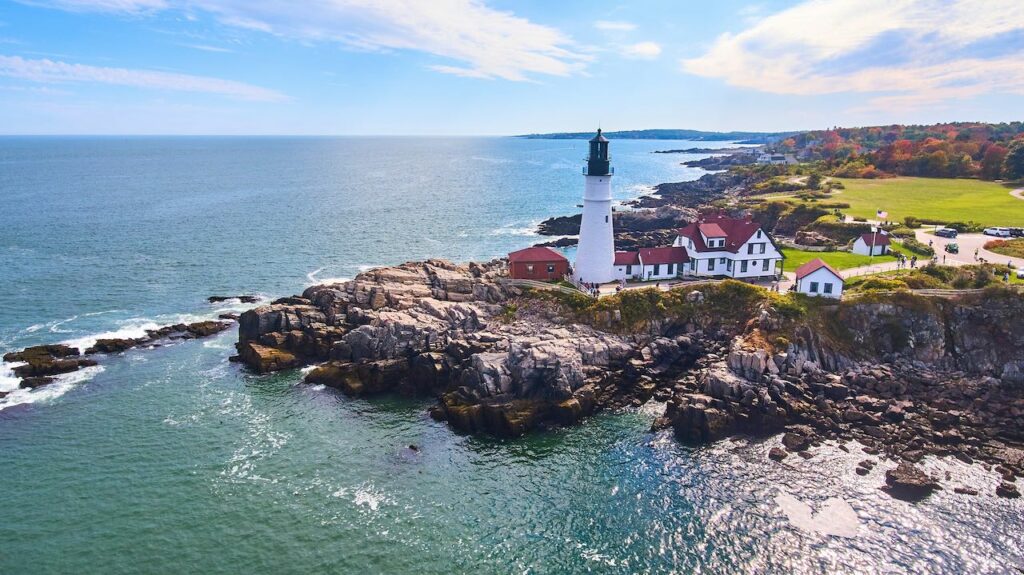
- Climate: Humid continental climate, with cool summers in the northernmost parts. Winters often see temperatures below freezing, leading to snowfall.
- Main geographical features: Appalachian Mountains, Hudson River, Atlantic Ocean, Great Lakes, and borders Canada to the north.
Region 2: Midwest (12 States)
- Illinois, Indiana, Michigan, Ohio, Wisconsin, Iowa, Kansas, Minnesota, Missouri, Nebraska, North Dakota, South Dakota.
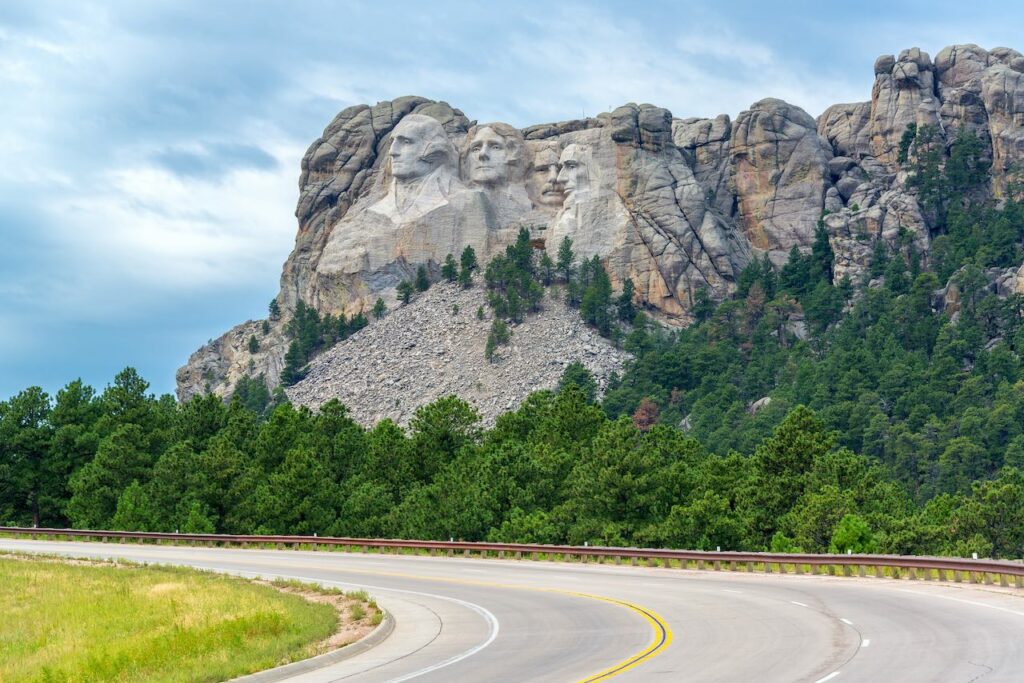
- Climate: Most areas have a humid continental climate. Snow is common in the winter, especially in the northern regions.
- Main geographical features: Great Lakes, North American Great Plains, Mississippi River, Ohio River, and borders Canada to the north.
Region 3: South (16 States + DC)
- District of Columbia, Delaware, Florida, Georgia, Maryland, North Carolina, South Carolina, Virginia, West Virginia, Alabama, Kentucky, Mississippi, Tennessee, Arkansas, Louisiana, Oklahoma, Texas.
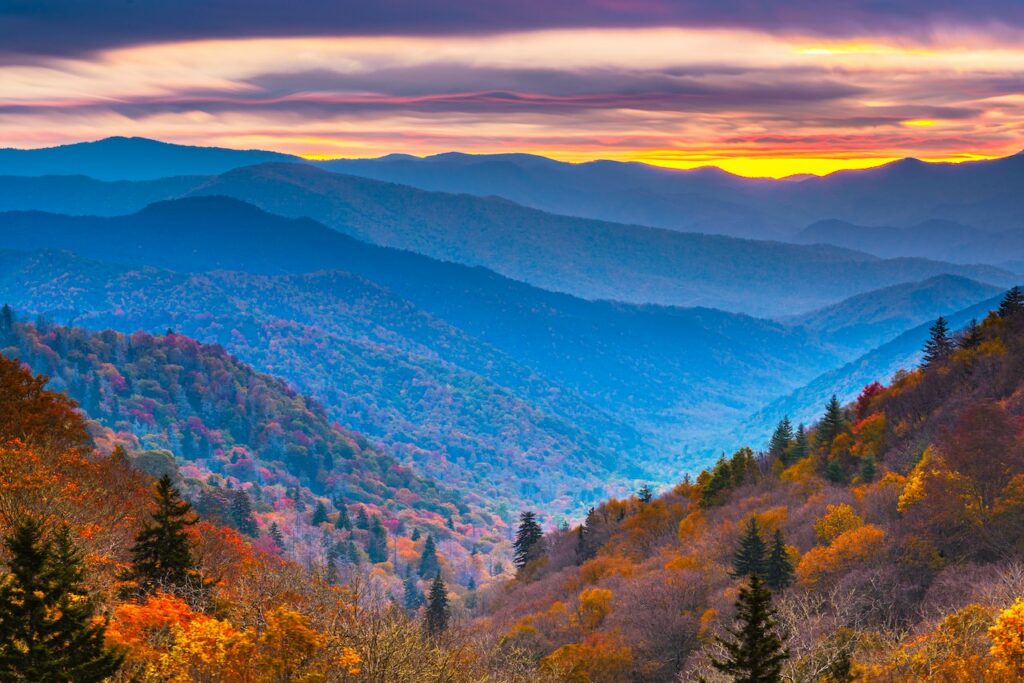
- Climate: Mostly hot, humid subtropical climate in the summer. On the east side, hurricanes are common in the summer. The west side has a semi-arid grassland climate. Some western areas have mountainous or desert climates.
- Main geographical features: Appalachian Mountains, Atlantic Ocean, Gulf of Mexico, Mississippi River, Rocky Mountains, Colorado River, Grand Canyon, Sonoran Desert, Gulf of Mexico, and borders Mexico to the south.
Region 4: West (13 States)
- Arizona, Colorado, Idaho, Montana, Nevada, New Mexico, Utah, Wyoming, Alaska, California, Hawaii, Oregon, Washington.
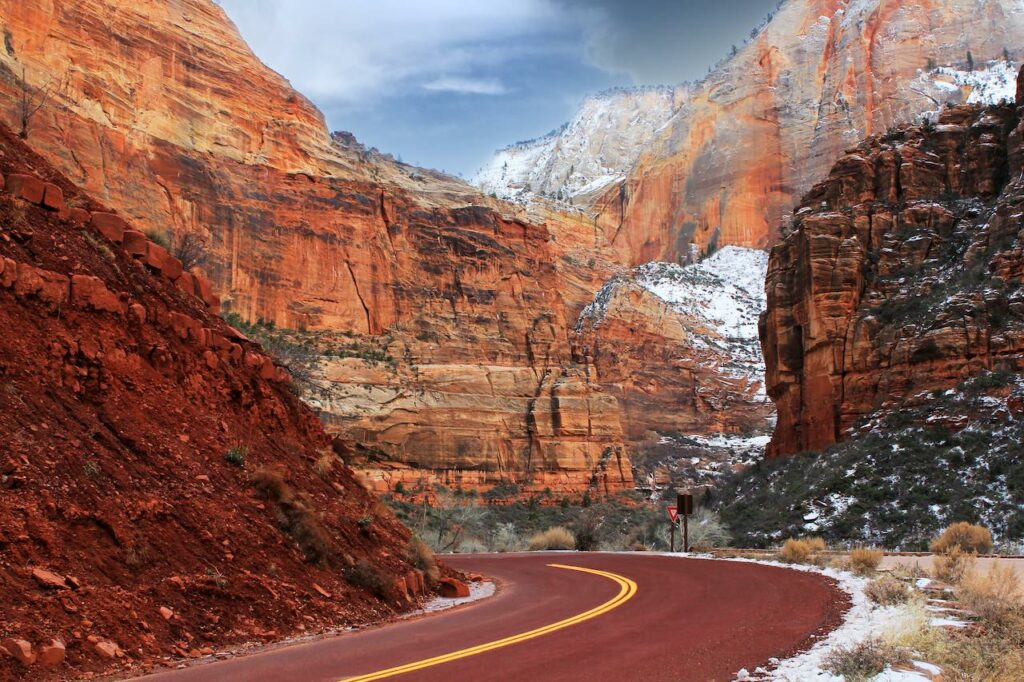
- Climate: The areas along the Rocky Mountains and Sierra Nevada have semi-arid and mountain climates. The coastline of California has a Mediterranean climate. Parts of Nevada and Southern California exhibit desert climates.
- Main geographical features: Rocky Mountains, Central Valley, Sierra Nevada, Mojave Desert, Pacific Ocean, borders Canada to the north, and Mexico to the south.
U.S. Census Divisions
The U.S. Census divides the four major regions further into smaller “divisions” as follows:
- Northeast:
- New England
- Middle Atlantic
- Midwest:
- East North Central
- West North Central
- South:
- South Atlantic
- East South Central
- West South Central
- West:
- Mountain
- Pacific
Division 1: New England (6 States)
New England region includes Maine, New Hampshire, Vermont, Massachusetts, Rhode Island, and Connecticut.
This region is the oldest colony in the United States, with a long history and culture. The climate here is cold, and it often snows in winter. The residents here are mainly white, mostly Protestant.

The economy here is based on finance, education, technology and tourism, with many famous universities, such as Harvard and MIT.
Division 2: Middle Atlantic (3 States)
Middle Atlantic region includes New York, Pennsylvania, and New Jersey.
This region is the most populous and diverse region in the United States, with rich natural resources and industrial base. The climate here is mild, with four distinct seasons. The residents here have various racial and religious backgrounds, including African Americans, Latinos, Asians and Jews.

The economy here is based on manufacturing, trade, service and media, with many important cities, such as New York, Philadelphia and Washington.
Division 3: East North Central (5 States)
East North Central region includes Wisconsin, Michigan, Illinois, Indiana, and Ohio.
This region is the most important agricultural and industrial region in the United States, with vast plains and lakes. The climate here is variable, hot in summer and cold in winter. The residents here are mainly white, mostly Christian.
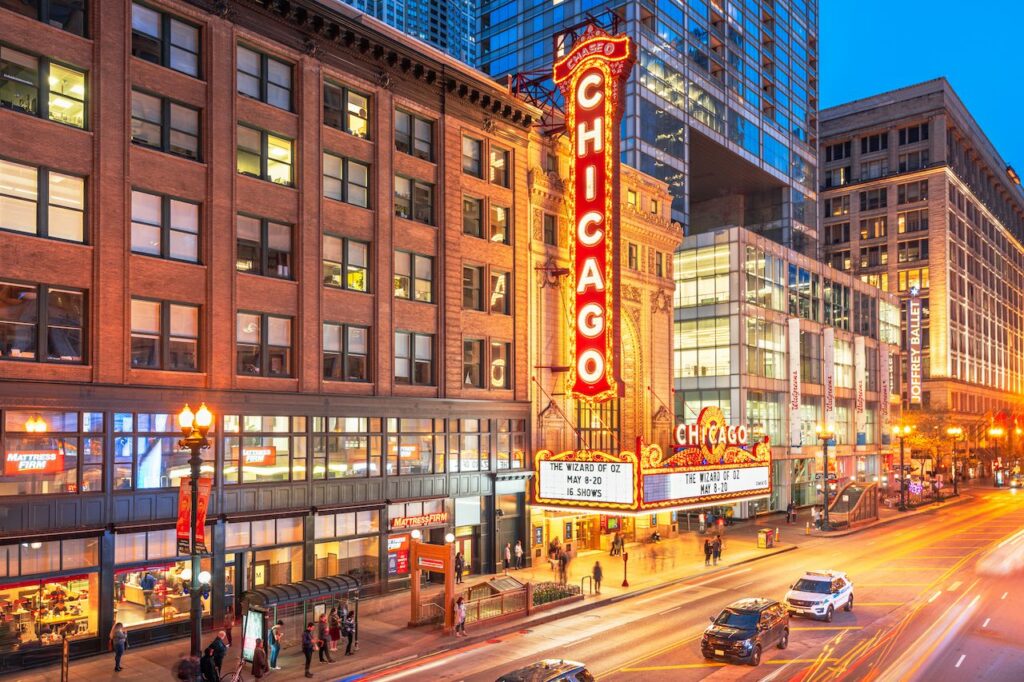
The economy here is based on automobiles, steel, chemicals, food and energy, with many industrial cities, such as Chicago, Detroit and Cleveland.
Division 4: West North Central (7 States)
West North Central region includes Missouri, North Dakota, South Dakota, Nebraska, Kansas, Minnesota, and Iowa.
This region is the most vast and sparsely populated region in the United States, with magnificent mountains and prairies.

The climate here is dry, warm in winter and cool in summer. The residents here are mainly white, mostly Christian. The economy here is based on agriculture, livestock, mining and tourism, with many national parks and nature reserves.
Division 5: South Atlantic (8 States + DC)
South Atlantic region includes Delaware, Maryland, District of Columbia, Virginia, West Virginia, North Carolina, South Carolina, Georgia, and Florida.
This region is the most influential and potential region in the United States, with a superior geographical location and ocean resources. The climate here is humid, warm in winter and hot in summer. The residents here have various racial and religious backgrounds, including African Americans, whites, Latinos and Native Americans.
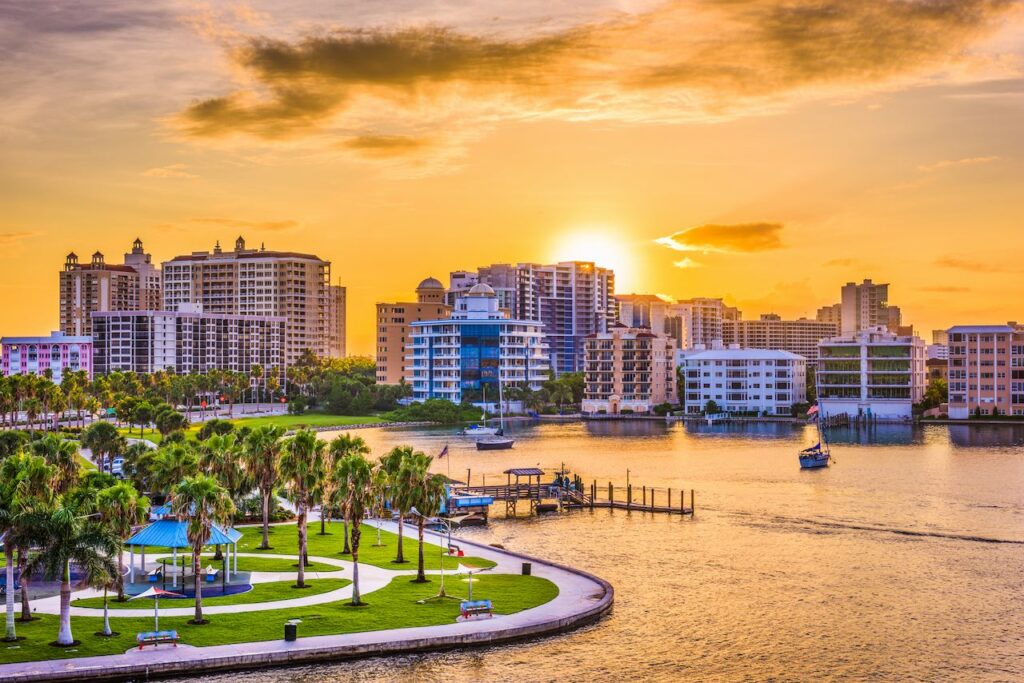
The economy here is based on aviation, aerospace, military, finance, education and entertainment, with many modern cities, such as Atlanta, Miami and Orlando.
Division 6: East South Central (4 States)
East South Central region includes Kentucky, Tennessee, Mississippi, and Alabama.
This region is the most traditional and conservative region in the United States, with a deep southern culture and history. The climate here is warm, rainy and foggy. The residents here are mainly white, mostly Christian.

The economy here is based on cotton, tobacco, timber and music, with many historical attractions and cultural heritage.
Division 7: West South Central (4 States)
West South Central region includes Oklahoma, Texas, Arkansas, and Louisiana.
This region is the richest and most diverse region in the United States, with abundant oil and natural gas resources. The climate here is hot, dry and scarce of rain. The residents here have various racial and religious backgrounds, including whites, Latinos, African Americans and Native Americans.

The economy here is based on oil, natural gas, chemicals, electronics and aviation, with many high-tech and innovative cities, such as Houston, Dallas and Austin.
Division 8: Mountain (8 States)
Mountain region includes Idaho, Montana, Wyoming, Nevada, Utah, Colorado, Arizona, and New Mexico.
This region is the most spectacular and adventurous region in the United States, with towering mountains and vast deserts. The climate here is dry, with large temperature differences between day and night. The residents here are mainly white, mostly Christian or Mormon.
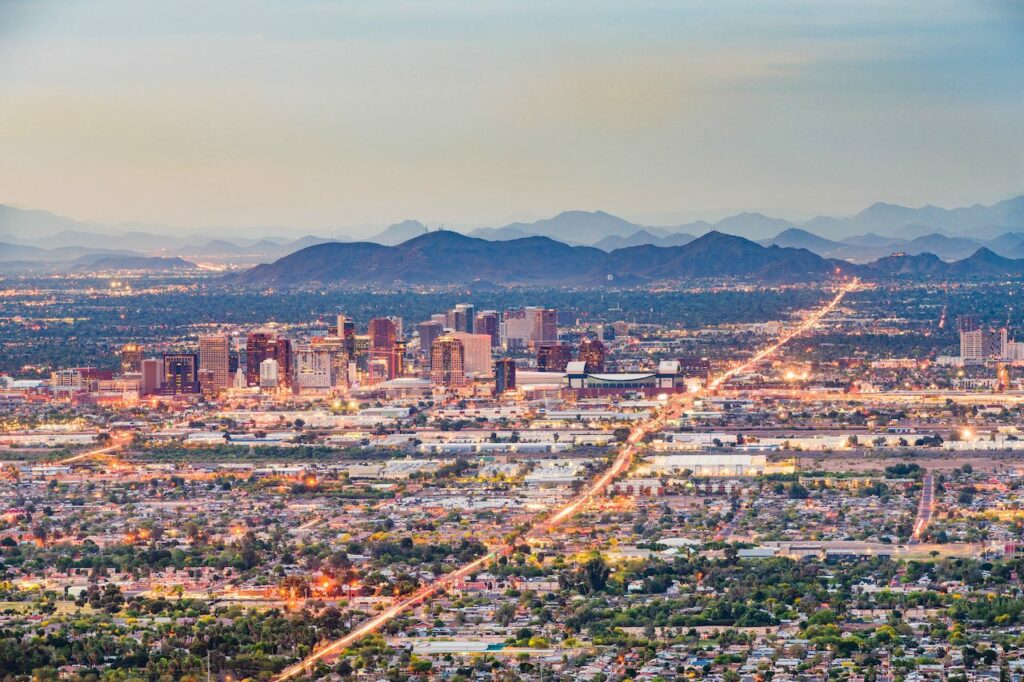
The economy here is based on tourism, mining, gambling and solar energy, with many beautiful and mysterious places, such as the Grand Canyon, Las Vegas and Salt Lake City.
Division 9: Pacific (5 States)
Pacific region includes Alaska, Washington, Oregon, California, and Hawaii.
This region is the most open and innovative region in the United States, with beautiful coastlines and diverse ecosystems. The climate here is mild, rainy and foggy. The residents here have various racial and religious backgrounds, including whites, Asians, Latinos and Hawaiians.
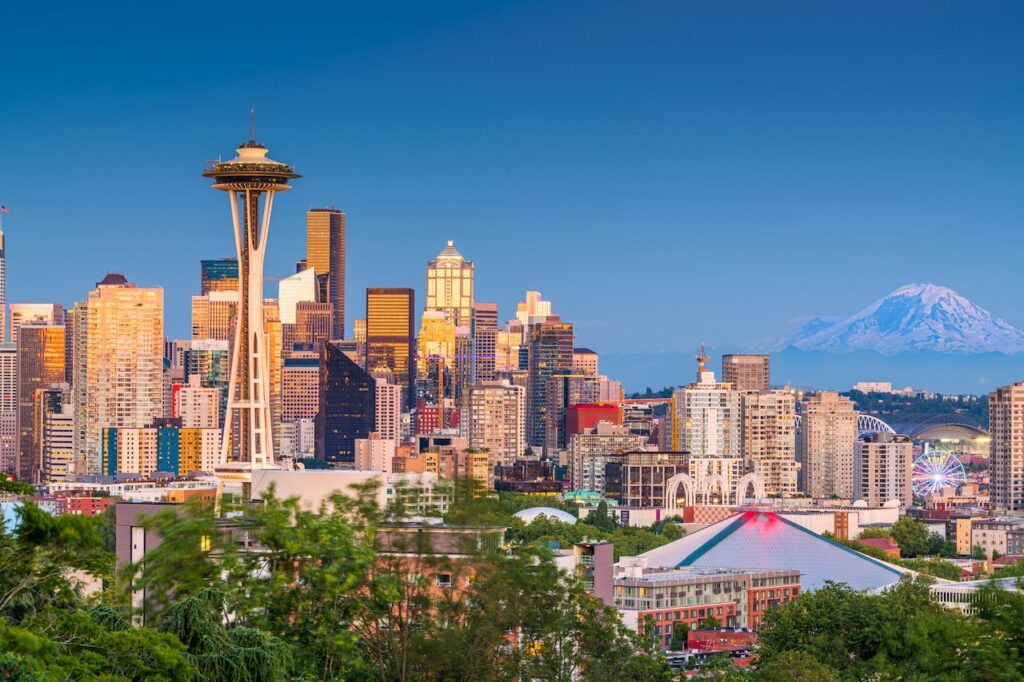
The economy here is based on technology, media, agriculture and trade, with many leading and fashionable cities, such as Los Angeles, San Francisco and Seattle.
Bureau of Economic Analysis Regions
The U.S. Bureau of Economic Analysis divides the U.S. into eight regions: New England, Mideast, Southeast, Great Lakes, Plains, Southwest, Rocky Mountain, and Far West.
This division method was established after the 1950 census, aiming to group states with similar economic and social indicators. Economic and social conditions change over time, so some statistical boundaries are revised periodically.
- New England (6 states): Maine, New Hampshire, Vermont, Massachusetts, Rhode Island, Connecticut
- Mideast (5 states + DC): New York, New Jersey, Pennsylvania, Delaware, Maryland, District of Columbia
- Southeast (10 states): Virginia, West Virginia, North Carolina, South Carolina, Georgia, Florida, Kentucky, Tennessee, Alabama, Mississippi
- Great Lakes (5 states): Ohio, Indiana, Illinois, Michigan, Wisconsin
- Plains (7 states): Minnesota, Iowa, Missouri, North Dakota, South Dakota, Nebraska, Kansas
- Southwest (4 states): Arkansas, Texas, Oklahoma, Louisiana
- Rocky Mountain (7 states): Montana, Idaho, Wyoming, Colorado, New Mexico, Utah, Arizona
- Far West (6 states): Nevada, Washington, Oregon, California, Alaska, Hawaii
U.S. Standard Federal Regions
The U.S. Office of Management and Budget (OMB) divides the U.S. into 10 Standard Federal Regions based on the April 1974 “Circular A-105”.
- Region I – New England: Connecticut, Maine, Massachusetts, New Hampshire, Rhode Island, Vermont
- Region II – Northeast: New Jersey, New York, Puerto Rico, Virgin Islands
- Region III – Mid-Atlantic: Delaware, District of Columbia, Maryland, Pennsylvania, Virginia, West Virginia
- Region IV – Southeast: Alabama, Florida, Georgia, Kentucky, Mississippi, North Carolina, South Carolina, Tennessee
- Region V – Great Lakes: Illinois, Indiana, Michigan, Minnesota, Ohio, Wisconsin
- Region VI – South Central: Arkansas, Louisiana, New Mexico, Oklahoma, Texas
- Region VII – Great Plains: Iowa, Kansas, Missouri, Nebraska
- Region VIII – Rocky Mountain: Colorado, Montana, North Dakota, South Dakota, Utah, Wyoming
- Region IX – West: Arizona, California, Hawaii, Nevada, American Samoa, Guam, Northern Mariana Islands, Trust Territory of the Pacific Islands
- Region X – Pacific Northwest: Alaska, Idaho, Oregon, Washington
Federal Court of Appeals
The United States courts of appeals are the intermediate appellate courts of the United States federal judiciary. The courts of appeals are divided into 13 “Circuits”:
- Eleven of the circuits are numbered “First” through “Eleventh” and cover geographic areas of the United States and hear appeals from the U.S. district courts within their borders.
- The District of Columbia Circuit covers only Washington, DC.
- The Federal Circuit hears appeals from federal courts across the United States in cases involving certain specialized areas of law.
The courts of appeals also hear appeals from some administrative agency decisions and rule-making, with by far the largest share of these cases heard by the D.C. Circuit. Appeals from decisions of the courts of appeals can be taken to the U.S. Supreme Court.
- 1st Circuit (4 states): Maine, Massachusetts, New Hampshire, Puerto Rico, Rhode Island
- 2nd Circuit (3 states): Connecticut, New York, Vermont
- 3rd Circuit (3 states): Delaware, New Jersey, Pennsylvania, Virgin Islands
- 4th Circuit (5 states): Maryland, North Carolina, South Carolina, Virginia, West Virginia
- 5th Circuit (3 states): Louisiana, Mississippi, Texas
- 6th Circuit (4 states): Kentucky, Michigan, Ohio, Tennessee
- 7th Circuit (3 states): Illinois, Indiana, Wisconsin
- 8th Circuit (7 states): Arkansas, Iowa, Minnesota, Missouri, Nebraska, North Dakota, South Dakota
- 9th Circuit (9 states): Alaska, Arizona, California, Guam, Hawaii, Idaho, Montana, Nevada, Northern Mariana Islands, Oregon, Washington
- 10th Circuit (6 states): Colorado, Kansas, New Mexico, Oklahoma, Utah, Wyoming
- 11th Circuit (3 states): Alabama, Florida, Georgia
- D.C. Circuit: District of Columbia
- The Federal Circuit is not a regional circuit. Its jurisdiction is nationwide but based on the subject matter.
Table: U.S. Regions and Divisions
State Census Region Census Division Standard Federal Region Federal Court of Appeals BEA Regions CT Northeast New England New England Second New England ME Northeast New England New England First New England MA Northeast New England New England First New England NH Northeast New England New England First New England RI Northeast New England New England First New England VT Northeast New England New England Second New England NJ Northeast Middle Atlantic Northeast Third Mideast NY Northeast Middle Atlantic Northeast Second Mideast PA Northeast Middle Atlantic Mid-Atlantic Third Mideast IL Midwest East North Central Great Lakes Seventh Great Lakes IN Midwest East North Central Great Lakes Seventh Great Lakes MI Midwest East North Central Great Lakes Sixth Great Lakes OH Midwest East North Central Great Lakes Sixth Great Lakes WI Midwest East North Central Great Lakes Seventh Great Lakes IA Midwest West North Central Great Plains Eighth Plains KS Midwest West North Central Great Plains Tenth Plains MN Midwest West North Central Great Lakes Eighth Plains MO Midwest West North Central Great Plains Eighth Plains NE Midwest West North Central Great Plains Eighth Plains ND Midwest West North Central Rocky Mountain Eighth Plains SD Midwest West North Central Rocky Mountain Eighth Plains DE South South Atlantic Mid-Atlantic Third Mideast FL South South Atlantic Southeast Eleventh Southeast GA South South Atlantic Southeast Eleventh Southeast MD South South Atlantic Mid-Atlantic Fourth Mideast NC South South Atlantic Southeast Fourth Southeast SC South South Atlantic Southeast Fourth Southeast VA South South Atlantic Mid-Atlantic Fourth Southeast WV South South Atlantic Mid-Atlantic Fourth Southeast DC South South Atlantic Mid-Atlantic DC Mideast AL South East South Central Southeast Eleventh Southeast KY South East South Central Southeast Sixth Southeast MS South East South Central Southeast Fifth Southeast TN South East South Central Southeast Sixth Southeast AR South West South Central South Central Eighth Southwest LA South West South Central South Central Fifth Southwest OK South West South Central South Central Tenth Southwest TX South West South Central South Central Fifth Southwest AZ West Mountain West Ninth Rocky Mountain CO West Mountain Rocky Mountain Tenth Rocky Mountain ID West Mountain Pacific Northwest Ninth Rocky Mountain MT West Mountain Rocky Mountain Ninth Rocky Mountain NV West Mountain West Ninth Far West NM West Mountain South Central Tenth Rocky Mountain UT West Mountain Rocky Mountain Tenth Rocky Mountain WY West Mountain Rocky Mountain Tenth Rocky Mountain AK West Pacific Pacific Northwest Ninth Far West CA West Pacific West Ninth Far West HI West Pacific West Ninth Far West OR West Pacific Pacific Northwest Ninth Far West WA West Pacific Pacific Northwest Ninth Far West
Disclosure: We are an Amazon Associate. Some links on this website are affiliate links, which means we may earn a commission or receive a referral fee when you sign up or make a purchase through those links.






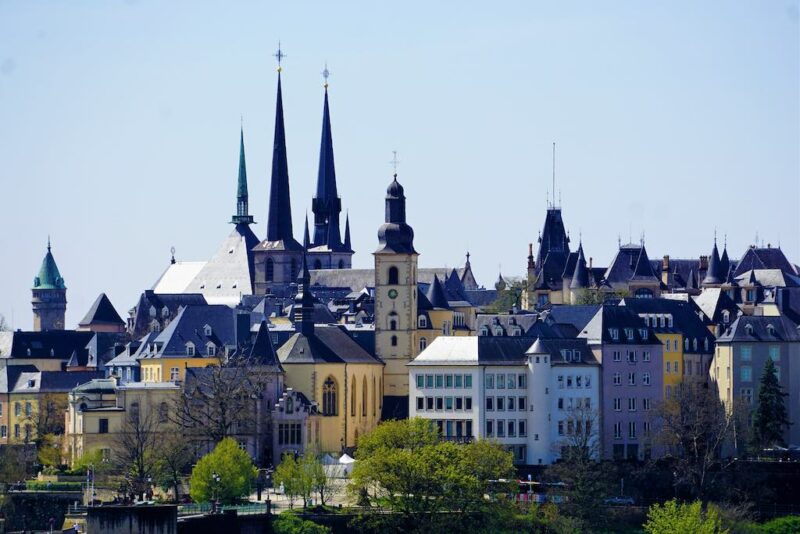




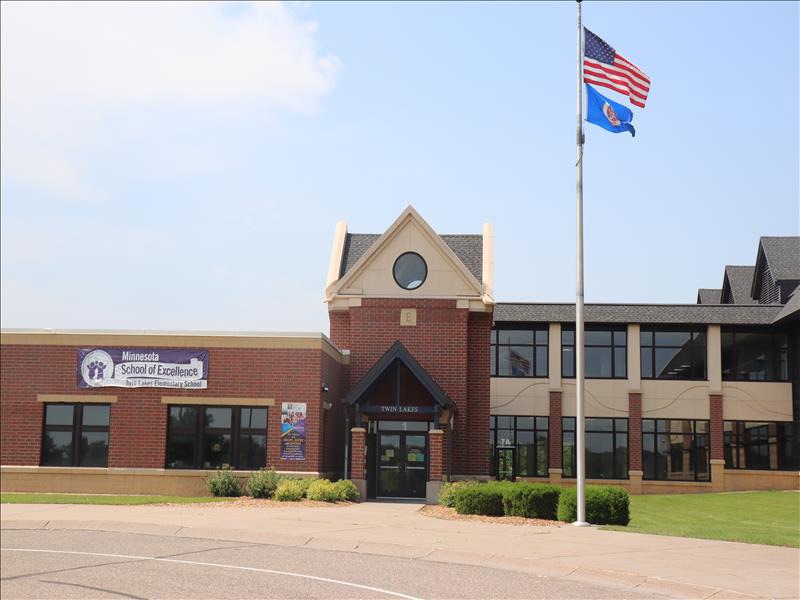
Leave a Reply